Industry Insider: Charge Bikes and Fabric
Charge bikes began life in a small farm building in the south west of England in 2005. The brainchild of Nick Larsen, a man with a degree in industrial design, a knack for getting publicity and a background in bikes (he’d just finished a stint creating a range of mountain bikes for the British heritage brand Pashley, best known for its classic town bikes), the new venture began with a small amount of funding from Hotwheels as silent partners (later snapped up by international giant CSG) and no lack of ambition.
Although they started in MTB’s, Charge is probably best known for its popular urban bikes and fixies. The inspiration for the move into urban bikes came from a trip to San Francisco, en-route to Sea Otter, where Larsen noticed that riders were converting old bikes into super-simple, city-proof bikes with either a fixed or singlespeed gear. "The aim was always to make bikes for non-cyclists - to get people like skaters into cycling, because they were the sort of people I saw riding in San Francisco."
As a result of that hunch, Charge got the holeshot on producing fixies before the mainstream brands could mass produce fixes of their own - "We were two years up on everyone else, and by 2008 we’d quadrupled in volume and we were selling a lot of bikes in London and a lot of bikes in Tokyo."
Being at the forefront of what has since become an urban riding revolution, with a cool brand that genuinely appealed to non-cyclists, meant that it wasn’t long before mainstream brands from other sectors came calling, looking to collaborate on projects with Charge. "Carhartt, Oakley, Red Bull, Vans - and other brands we turned down - we basically did collaborations with those people to grow the brand awareness. We were in the very lucky position that those brands came to us - I’d have had no idea where to start.”
Larsen even turned down some high-end fashion marques, in favour of sticking with more mainstream brands who better reflected what he was doing with Charge. "The bike brand was always supposed to be - and continues to be - a mainstream product for the general consumer, like Muji or the Gap. The bike industry thinks they're niche products that are supposed to be cool, but it’s not supposed to be that at all, apart from some of the high-end products we do, like the mountain bikes which give us some authenticity in the bike industry, and that’s where our passion is. But if you look around, we don’t make bikes for ourselves, which is different to most bike manufacturers, we make bikes for consumers. I always say we need to focus all our time and effort on the cheapest bikes, because that’s our biggest market, and it’s much harder to make an amazing £300 bike than it is an amazing £10000 bike."
This might not sound like it has much to do with mountain biking, but think about it - it all relates directly to the mountain bike industry. When was the last time you saw a company showing off its new entry level platform? It’s all about the high-end all the time. That’s great for us as committed enthusiasts, but when your non-riding buddies ask for advice on where to start, chances are they’re hoping to spend $500, not $5000. If you're anything like me, you send them to a shop and let the shop advise them.
We move on to talking about bike shops. Larsen has an interesting take on it: "One of our biggest problems with Charge is that most bike shops are like record shops, and most of our target market feels intimidated. So one of the things we had to do was to get into lots of bikes shops so they could be found.
At the same time as creating those high-volume bikes, Charge was being quite canny by creating some very cool mountain bike events on unique terrain, like the dirt bowls they built for their RadStock event, or the corn field dual slalom they used for Red Bull Weavers. "We want to be able to inspire enthusiasts and also the general public. Like Hill Chasers (an urban hill climb that sees riders like Chris Akrigg going up against the public), it looks good to the enthusiast, but it’s also of interest to the public. Just sponsoring an XC mountain bike race doesn’t do anything for us, because firstly we haven’t got anyone who will win the race, and I don’t believe that actually helps sell bikes any more, and it doesn’t have an appeal to a broad consumer base. We want to get more people into cycling, and more people to know about the brand."
Over the recent years Charge has streamlined its bike ranges, again to make things easier for that mainstream consumer. On the mountain bike side, the range is all hardtails, all 29’ers (apart from the fat bike, the Cooker Maxi), and all called the Cooker something or other. Besides mountain bikes there are urban and road ranges. It’s streamlined and simple to understand. "We’ve been trying to get more in-tune with the consumer - the bike industry is particularly shit at that. So few people in the industry aren’t enthusiasts. I’ve been doing a lot of interviewing people in the streets in and it’s really interesting, because they have a completely different set of criteria for choosing a bike to the ones we thought they’d have. The biggest problem is they find it intimidating in the first place to buy a bike, because they don’t know where to start - do they want a mountain bike, a gravel bike - we’re not saying ‘this is the bike you need’."
Things changed for Charge when they introduced saddles: "Soon after we did the first bikes, I realised we could do saddles," says Larsen. "I think we did the first Spoon saddle in 2007, and then that quickly outsold the entire WTB range which was being distributed by Hotwheels at the time, so they dropped WTB and I expanded our range." By 2009, half Charge’s turnover was saddles and grips, with the saddles winning product tests against much more expensive products.
With the opportunity for some additional investment after the business was bought by CSG in the US, Larsen decided to set up a new brand, Fabric, concentrating on an aftermarket range of saddles and grips, with more to come. "I felt that with a little more investment, we could be unique and come up with some really good products. And I want to be able to put some product design into more stuff - I trained in industrial design and we were coming up with visually interesting items, but we weren’t able to be unique apart from small investment. With a bit more investment we could start thinking about more innovation."
You may have seen a Charge’s 3D printed titanium dropouts which appeared a few years ago, and the partners Larsen worked with on that project helped him look at products in a different way: "I think 3D printing is a way of looking at a product that couldn’t be manufactured using traditional methods, coming up with the best solution, then working out how you could make that with more conventional methods."
Recently Fabric collaborated with the airplane manufacturer Airbus to create the ALM a titanium printed leaf sprung saddle. It’s an impressive design that should be comfortable, lighter than traditional methods and strong. "Airbus was brilliant because they wanted to show an application for their technology that they couldn’t do on an airplane, because they’d have to test it for 10 years before they were allowed to show it. The only other application they have is F1, but F1 is super secretive so it was great for us. The ti printer dropout was never going to be a big seller but it did have advantages - it was lighter and it let us put a disc inside the dropout on a road-type frame - but it’s not affordable to use at the moment, but then 3D printers weren’t affordable to buy back then, and we’ve just bought one."
He’s not kidding - an engineer was installing said printer when we visited. in the short term, it’s likely to be used for real life prototyping, but mass manufacturing is a fairly long way off. "Airbus taught us to think in a different way. They can basically design anything and make anything without having to worry; often we’re restricted by manufacturing technique or the factories we work with. Airbus took both those things away."
Much of the inspiration behind the new Fabric Scoop saddle came from shoes. "I’m obsessed with shoes. They’re the same kind of product and I’ve always felt that’s a natural sort of progression for that product. There are certain technical products like brakes that can only be made in one way, but there are other products like saddles, where there are a lot of other options. That’s what we’re looking at, being innovative and trying to improve product design across the board."
In his research Larsen realised that saddles have barely evolved since the days of the first Brooks saddles: "Look at something like a fork and see how much they’ve changed. A saddle hasn’t changed much in comparison."
One of the ways Fabric is bringing innovation to saddles is by looking outside traditional saddle manufacturers and, yes, shoe manufacturers have proved useful in their ability to manufacture in a way the bike industry isn’t yet able to. "That’s where the opportunity lies," says Larsen, "they can bring different ideas and technology and manufacturing techniques to the table, and they have experience making similar products to what we want to make. The bike factories we work with are brilliant, no doubt about it, but they’ve got a set idea of what the product needs to be, so it’s hard to get them to change the process. Whereas we go somewhere that does the process and get them to make a different product."
It was that kind of relationship that led to the titanium printed ALM saddle being made available in carbon. The bike factories said it wasn’t possible to manufacture in carbon, but once Larsen took the finished titanium version to Taiwan, the factory he visited, which has no experience producing saddles but is a big carbon manufacturer, recommended a switch to carbon. The first rideable prototypes of the resulting saddle were turned around in three weeks and look perfect - light, sleek and innovative.
With Charge set to continue along the mainstream route, Fabric is free to be entirely innovative. It’s going to be interesting to see what comes next; if the first saddles are anything to go by, whatever Fabric has in the pipeline is likely to be entirely unexpected.
Find out more about Fabric at Fabric.cc
Check out Charge bikes at ChargeBikes.com
Author Info:
Must Read This Week
Sign Up for the Pinkbike Newsletter - All the Biggest, Most Interesting Stories in your Inbox
PB Newsletter Signup


 Nick Larsen at work in the Charge/Fabric office in Frome
Nick Larsen at work in the Charge/Fabric office in Frome


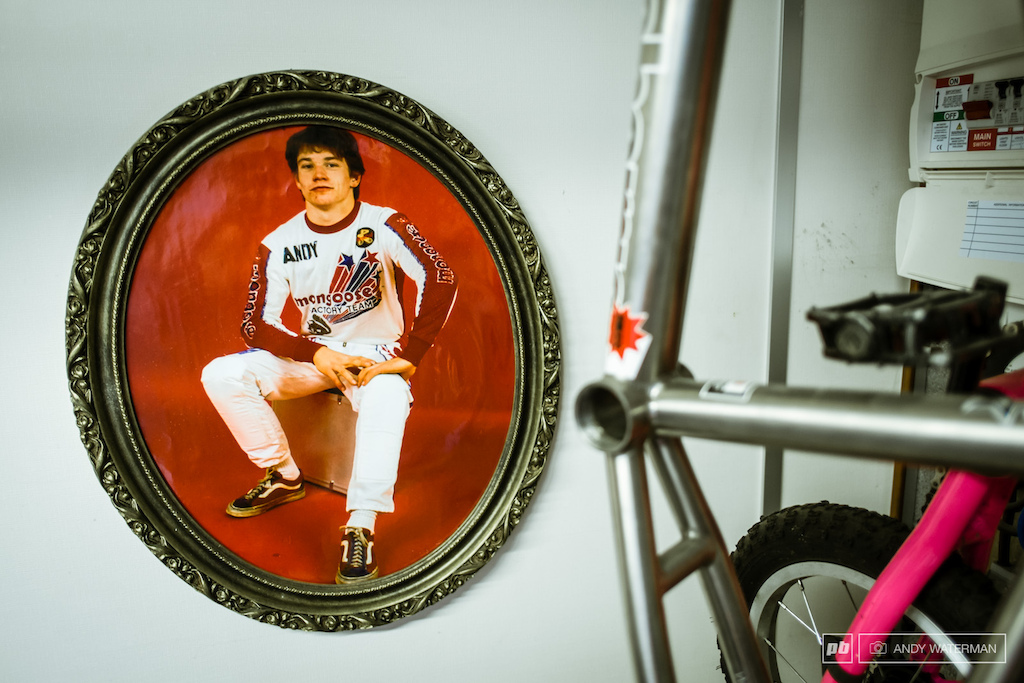

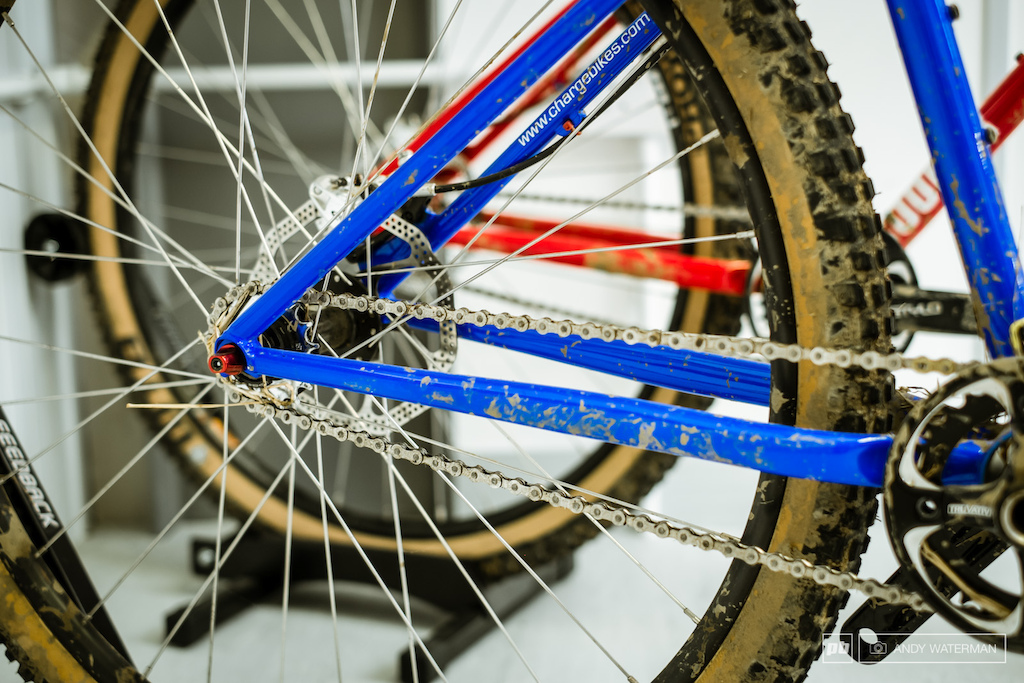



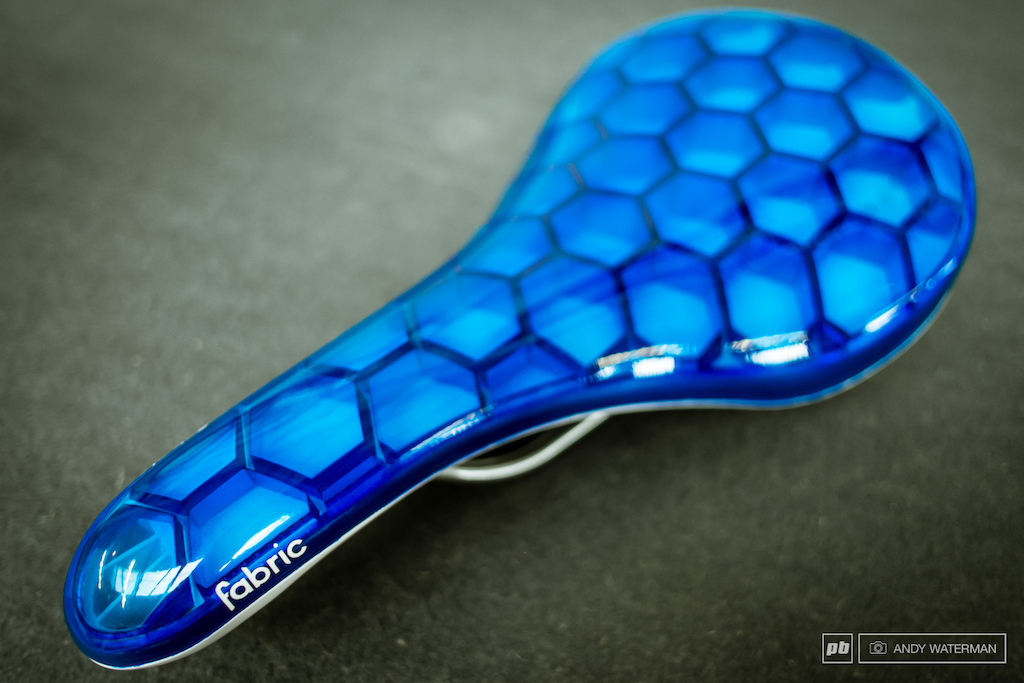
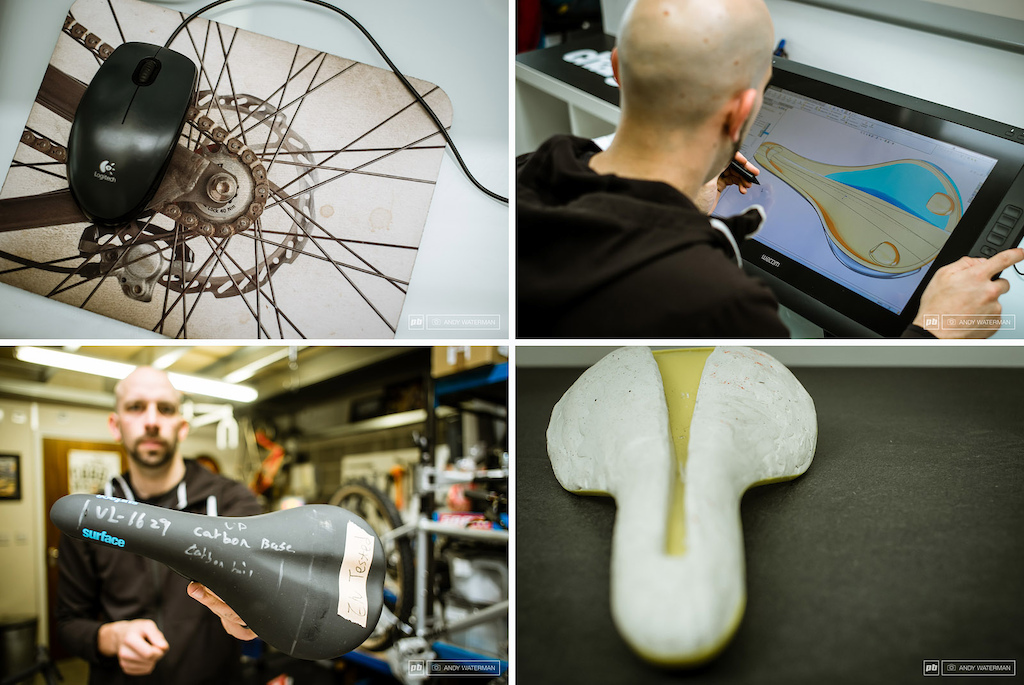




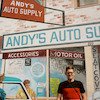
fabric.cc
I don't understand why Oakley and Vans would have gone to them to have saddles made though. I've got a charge spoon and I'm pretty sure it's made by Velo, along with 50% of the other saddles in the world. Why wouldn't other brands just go to them directly?
They destroyed 4 pairs of jeans
Are they blenders?
I'd like to try one out. I think the bb height could work well. at least it does on my frankenstein commuter.